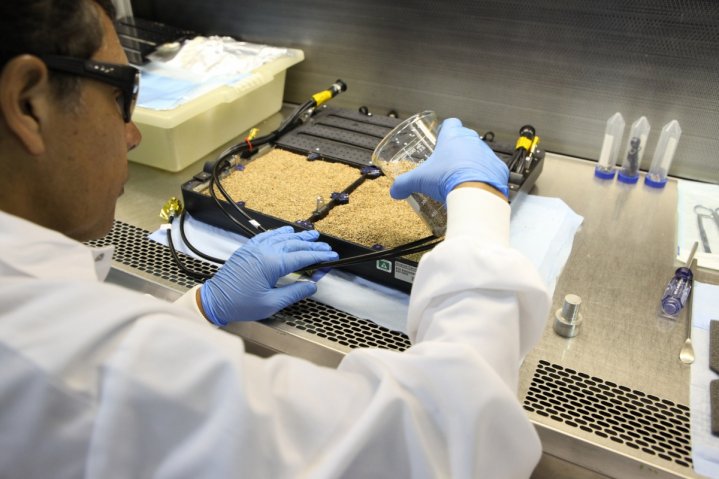
NASA is all set to send across a self-sufficient plant growth system over to one of its space stations to make sure that astronauts are able to grow their own food. Come March 19, Orbital ATK's seventh commercial supply mission would deliver the Advanced Plant Habitat (APH) to International Space Station (ISS). There it will be paired with Veggie, which is NASA's first fresh food growth system in the ISS.
This attempt is expected to lay down the foundation to help the astronauts to grow food during deep-space exploration missions. The Advanced Plant Habitat will also be used to conduct plant bioscience research on the space station.
The Advanced Plant Habitat (APH) is aimed at making breakthrough experiments in commercial and fundamental plant research aboard the International Space Station (ISS). It is designed in a way that is expected to be capable of continuous operation for almost a year without maintenance.
The project manager at NASA's Kennedy Space Centre Bryan Onate said that the habitat is a fully enclosed, closed-loop system with an environmentally controlled growth chamber. The APH design has been based on an open architecture concept, which allows critical subsystems to be removed and replaced on ISS.
APH is equipped with an array of more than 180 sensors, which is expected to provide information back to the ground team in real time. Details including temperature, oxygen content and moisture levels (in the air and soil, near the plant roots, and at the stem and leaf level) data will be available for observation and research.
Arabidopsis seeds, small flowering plants which are related to cabbage and mustard will be the constituents of the first plant experiment, called PH-01, grown in the chamber aboard the space station. "A big difference in this system, compared to Veggie, is that it requires minimal crew involvement to install the science, add water and perform other maintenance activities," said Onate.









